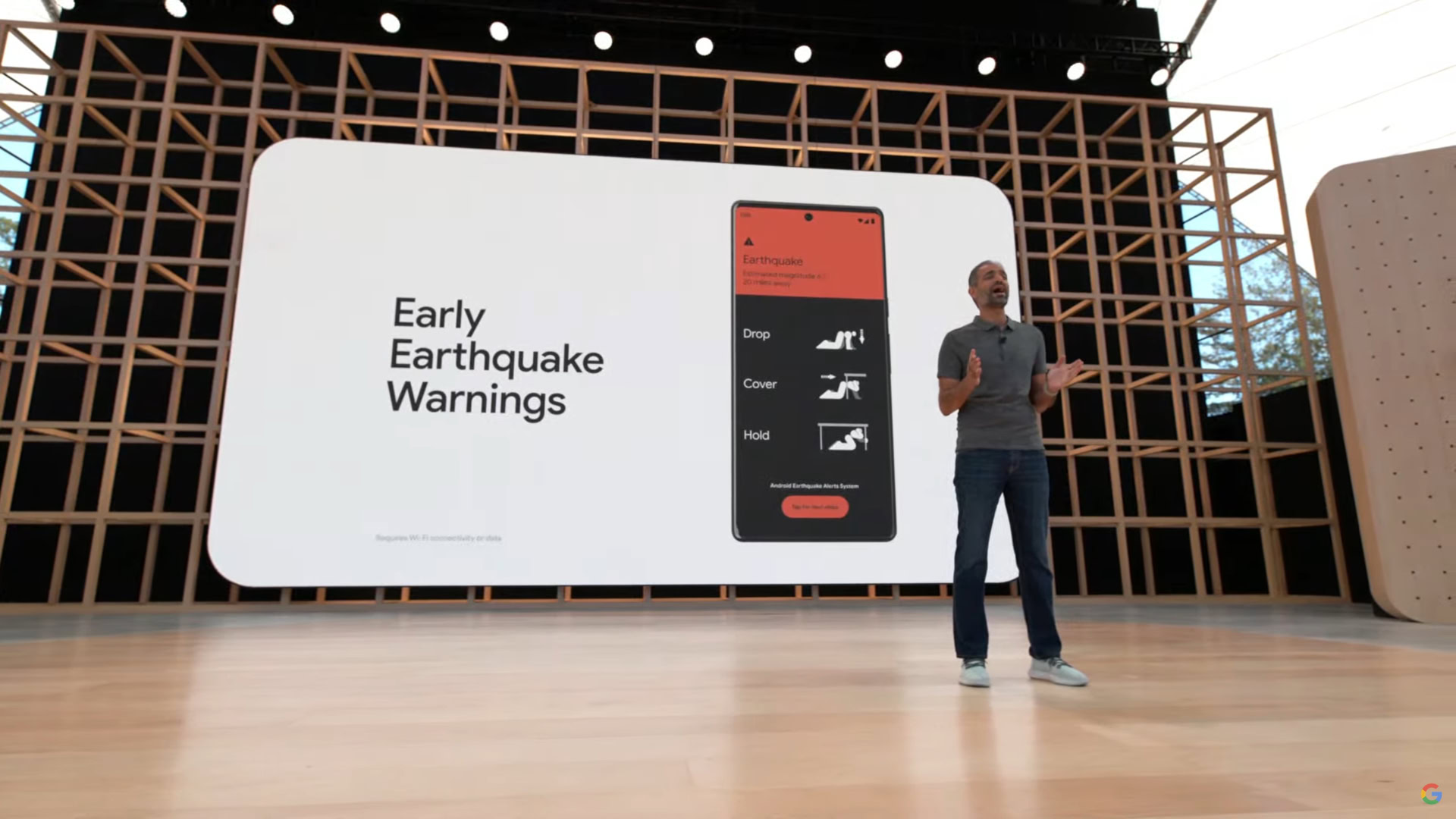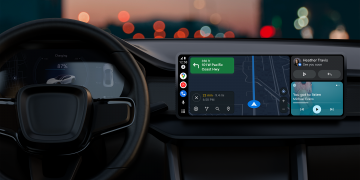🏙️ Hello all! Last week I visited Lisbon with my family. Gorgeous city and amazing food, but someone really needs to teach the Portuguese what a curb cut is.
Android beats Apple on early earthquake detection

In this case, I’m talking about earthquake detection, which has been around for a few years now. It uses smartphones’ accelerometers to create an early detection network, notifying users to take cover.
- Most recently, the network detected an earthquake near San Jose, California, yesterday.
- It was a relatively mild 5.1-magnitude quake, but it provided the perfect testing ground for the feature.
- Dave Burke, Google’s vice president of engineering for Android, tweeted a neat visualization showing loads of Android phones detecting the quake before the shock waves hit.
- You can watch phones (designated by red and yellow dots) shaking, as well as the estimated P and S waves extending from the epicenter.
- Google can then send a notification to nearby users warning that an earthquake is coming.
- It’s only a few seconds, but that’s often all you need to take cover. The notification also includes a few tips on staying safe.
- This isn’t the first time the system has been used, as it was able to deliver early warnings during a 5.5-magnitude earthquake in the Philippines last year.
Android takes the edge
- Interestingly, it seems that Google’s earthquake detection is a bit more effective than Apple’s.
- Many people claimed they received an earthquake notification on their Android phones five to 10 seconds before they felt the quake.
- On the flip side, several Twitter users reported that iPhones only received the alert afterward.
- Obviously, this isn’t a scientific comparison, but if there’s anywhere where the system should work, it’s California.
- If you want to enable this on your Android phone, go to Settings > Safety & emergency > Earthquake alerts.
- However, it isn’t available in every country, so your mileage may vary.
Wednesday weirdness

Ever wonder why mirrors are so spooky? It’s an established horror trope, featured in everything from the ancient Greek myth of Narcissus to the urban legend of bloody Mary and the Candyman series of horror movies. Now, science can (somewhat) explain why mirrors give everyone the creeps.
Essentially, your brain is always trying to make sense of what your eyes are seeing, and when looking at something in low light, there can be some… miscommunications. For example, when looking at yourself in candlelight, your face, which you have a very established mental image of, may appear warped or distorted. This so-called “strange face illusion” manifested as deceased loved ones or even monsters in experiments.
Comments
Source by www.androidauthority.com






























